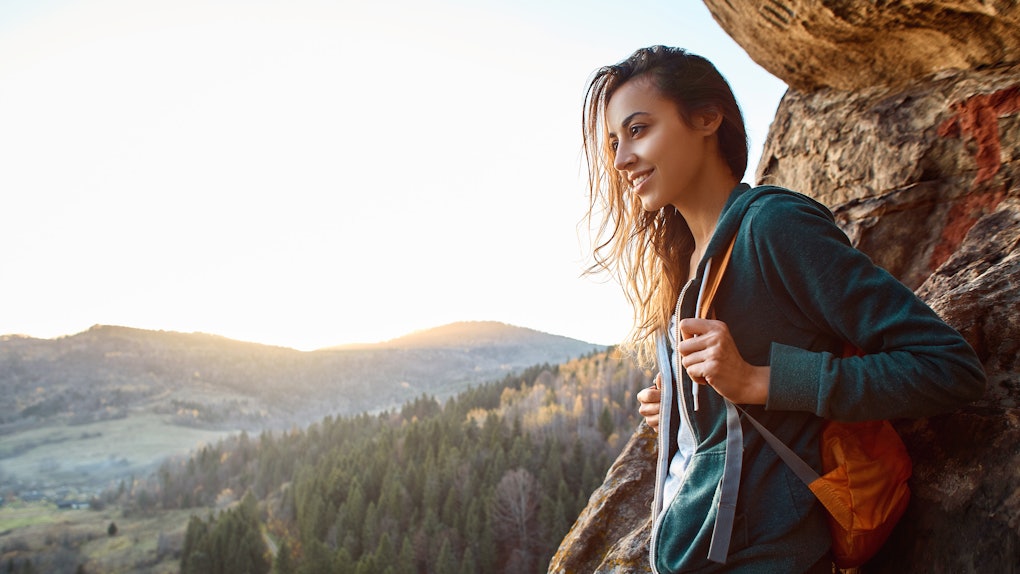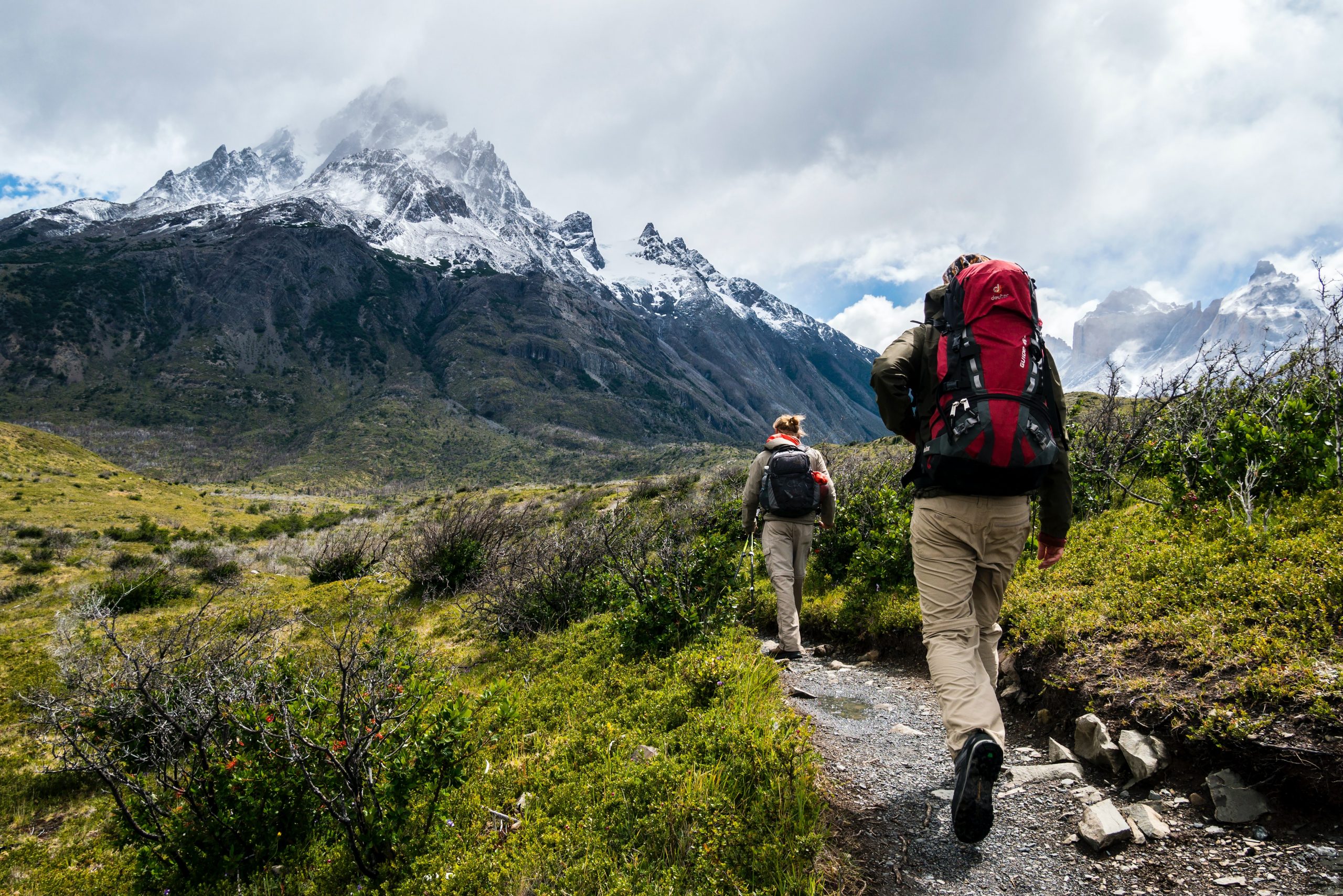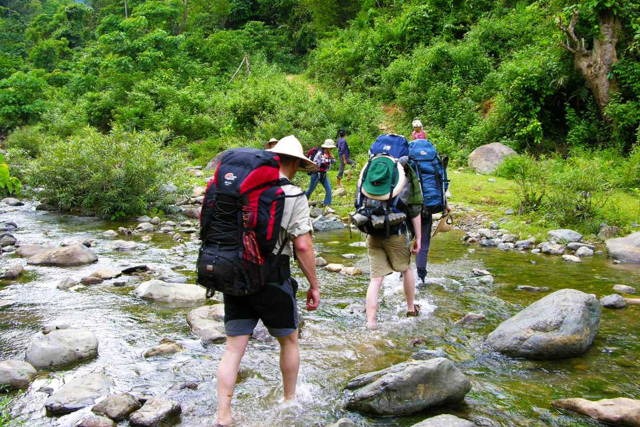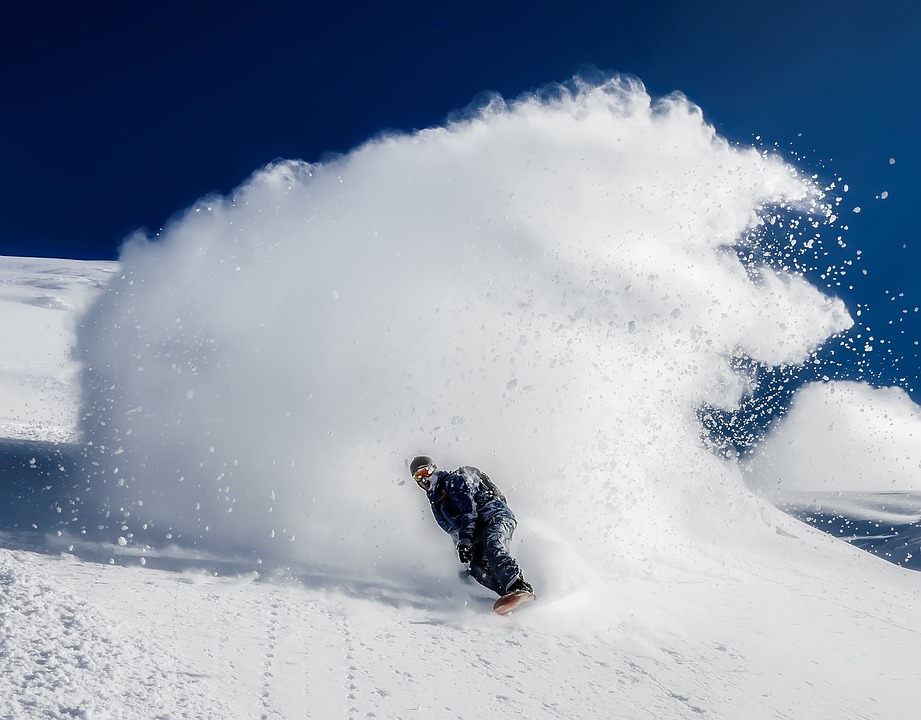Wander to the top of the world in the footsteps of the Incas, gazing at the dramatic snow-capped peaks of the Andes and a glorious land of mystery and mysticism, where centuries past and present blend seamlessly.

Peru’s layers of great civilizations are scattered like a patchwork across a country that is a masterpiece of diversity, arid coastal deserts, agricultural oases, picturesque fishing villages, tropical jungle, and colonial cities that echo the legacy of the Spanish conquistadors.
Amidst the sands of Peru’s arid coastline, the bustling metropolis that is Lima, the city of the conquistadors’ kings, is a culturally rich yet modern city on the rise. The center of Spanish power in the New World for three centuries after Pizarro’s conquest of Peru, the capital is awash in a considerable legacy of colonial art and architecture, while its museums are filled with gold artifacts, pottery and textiles unearthed from the country’s ancient settlements. And with enough ornately decorated churches to be exhausted, there’s nothing more rewarding than a Cusquena beer or a bubbly Pisco sour amidst the lively, electric beat of Barranco, Lima’s artistic and bohemian suburb.
To the south, across the endless sand dunes that hug against the cool waters of the Pacific Ocean, the rather unremarkable town of Nasca, a dusty outpost in the San Jose desert, hides an incredible and mysterious reminder of ancient culture. Carved into the arid desert outside the town is a mysterious masterpiece of scribbling. Seemingly little more than a jumbled jumble of shallow grooves in sand and rock from ground level, a view from above reveals immense creatures, shapes and silhouettes scattered for miles across the desert floor, which remains bafflingly clean of sand.

A short flight to the majestic heights of the Andes offers a modern tourist Mecca that will take your breath away not only because of the altitude. Cusco’s narrow streets are lined with an impressive mosaic of Inca stone, which shows no sign of aging even after hundreds of years. Elaborate Spanish colonial architecture blends onto these mortarless walls, reflecting just a bit of the mixed and colorful local culture.
Even higher above the city, the jagged teeth of the fortified walls of the sacred Sacsayhuaman offer the first chance to feel truly transported back in time to the Incas’ reign. But that’s just a taste of what is yet to come.
Going over the pass, admiring breathtaking views of the noble Andes, and descending into the fertile sacred valley of Urubamba is the first stage towards the unparalleled journey along the Inca Trail. Leaving behind the gentle river trails is a commitment to walk in the place of a magnificent people. The bravest trudge amid the rugged snow-capped peaks to nearly 14,000 feet, where they risk being swallowed by clouds when they reach the infamous Dead Woman’s Pass.
From there, the weather changes along the hike, and there’s no telling what will be around the next bend. The dense vegetation of the plateau gives way to winding vines and jungle flora until the trail turns abruptly left and then heads through a stone arch, the gateway to the sun, and the magical city of Macchu Picchu appears like a mirage, scattered across the hillside opposite, appearing and disappearing from a veil of clouds.
Even after days of hiking, the extra effort to reach the top of the nearby peak of Huayna Picchu is rewarded with a unique perspective on the magnificent beauty of the Inca city that has managed to remain hidden from Spanish conquests.
A leisurely train ride back through the sacred valley from the steamy town of Agues Calientes, at the foot of Macchu Picchu Mountain, offers a well-deserved respite for the weary hiker, and an easier route back to Cusco.
Another unique and rewarding train adventure climbs out of the hustle and bustle of Cusco tourism to higher, cooler elevations dotted with mountain villages, where local entrepreneurs appear out of nowhere to offer a colorful array of food, drink and local crafts at every stop. At first dominated by the magnificent Andes overlooking the deep, meandering valleys of the Huatanay River, the train makes its way to the Andean plains, home to herds of alpacas and the endangered vicuña, to finally reach the shore of Lake Titicaca and the welcome site of the captivating city of Puno. Amidst the barren mountains, cobblestone streets, shy campesinos in traditional dress and tricycle cabs are the true charm of this somewhat gray city.
The waters of Lake Titicaca glow an iridescent blue through the clear sunlight, in vibrant contrast to the red and brown hills of the plateau. Among the waves of this mountain ocean are islands that take you back in time and remind you once again of the rich mixed culture of this amazing country.


